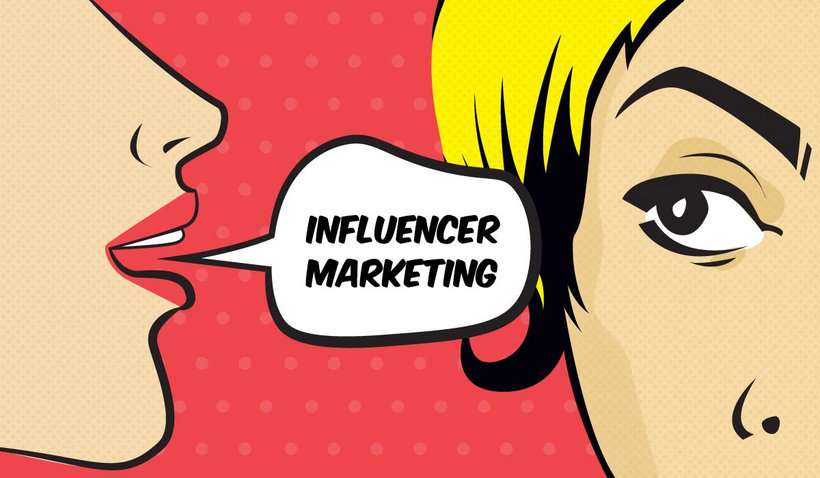Under the Influence: Making Influencer Marketing Work for Your Brand
It seems like everyone is “influencing” these days, hawking teeth whitening kits, skincare routines, or the latest Amazon must-haves. You can hardly scroll through your feed without encountering a post that feels one-part recommendation and two-parts sales pitch.
But influencer marketing isn’t just for celebrities or TikTok dancers anymore. It’s now a strategic tool for brands, when done well.
Influencer marketing can help brands:
- Reach highly targeted audiences
- Build credibility through social proof
- Expand reach with authentic storytelling
- Drive direct sales (when paired with strong CTAs and tracking)
But it can also go wrong, fast. Paying big bucks for a single post with no tracking or measurable results? That’s a quick way to drain your budget and lose executive trust.
So, what separates a smart influencer strategy from a vanity play?
how influencer marketing really pays off
For many B2C and D2C brands, the real magic happens after the first successful post.
Once you’ve validated that an influencer’s audience engages and converts, you can graduate from a flat-fee model to a commission-based structure. This turns your influencer into an actual sales partner, motivated to post organically and often because their compensation is tied directly to performance.
It’s a true win-win:
- The influencer is incentivized to test messaging, drive conversions, and optimize their own strategy.
- You lower upfront risk and only pay when you see results.
This approach works best when the influencer believes in the product and when the brand is willing to share performance data transparently.
but first: the right fit matters
The most successful influencer campaigns start with alignment. That means:
- Audience Fit: Does their following overlap with your ideal customer?
- Brand Fit: Does their tone, style, and content feel authentic for your product?
- Engagement Rate: Are they actually engaging with followers, or just broadcasting?
Don’t fall for follower counts alone. A micro-influencer with 10K loyal followers can often outperform a macro-influencer with 250K if their audience trusts them and acts on their recommendations.
bonus tip: repurpose the content
You don’t have to stop with just the influencer’s feed. Ask for usage rights so you can repurpose their content across:
- Paid social ads
- Email marketing
- Landing pages
- Product pages
Authentic influencer content often outperforms polished studio shots because it feels real. Just be sure to credit and compensate appropriately.
what should you be tracking?
If you’re investing in influencer partnerships, don’t skip the measurement. Even if you’re starting small, keep an eye on:
- Engagement Rate: Likes, shares, comments—are people actually responding?
- Reach & Impressions: Are you getting in front of the right audience?
- Click-Through Rate (CTR): Are people taking action?
- Conversion Rate or Sales Lift: Are influencer posts translating to purchases?
- Cost per Acquisition (CPA): Especially important if you’re paying flat fees vs. commissions.
Start with what’s easy to track, then layer in UTM codes or affiliate links as your program scales.
ready to launch?
Influencer marketing has come a long way from its early days of aspirational selfies and #ad disclaimers. Today, it’s a powerful part of the marketing mix, especially when tied to business outcomes.
Want help finding the right voices to represent your brand or building a performance-based influencer strategy? Let’s chat.




